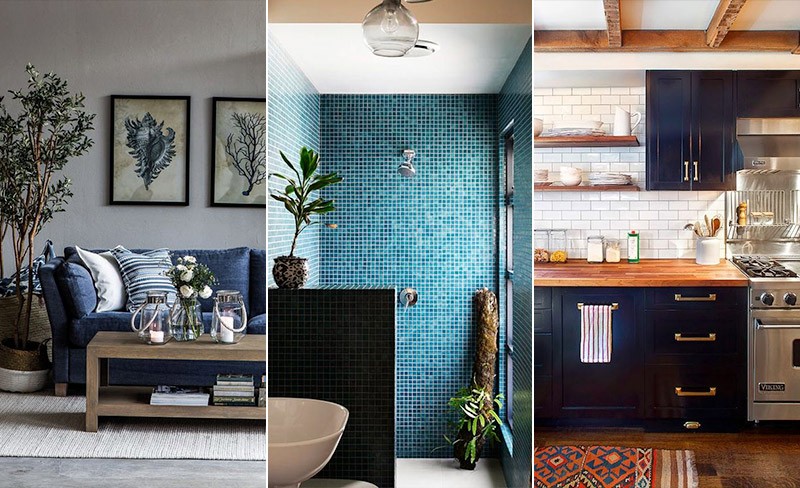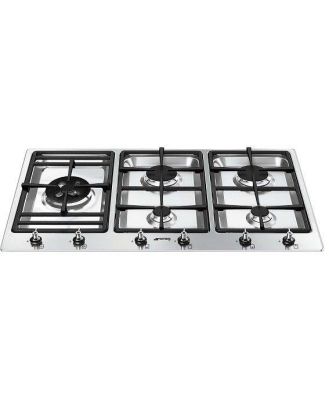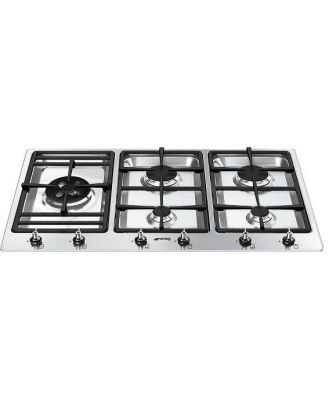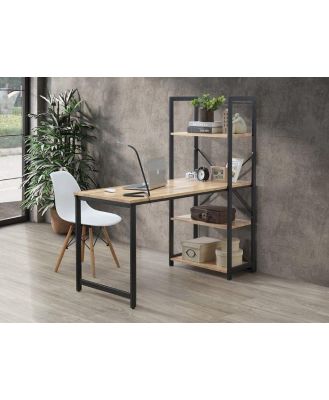
Decluttering is a word that has entered into our national conversation. At its core it means removing “clutter” from our lives, whether this be from our overwrought calendars to spend more time with the family or removing years of accumulated mess from our homes, to allow more space to work, live, prepare meals or just relax.
At its heart is a need for organisation, a gift that can easily be learned. Indeed, decluttering has almost been turned into an art form and there are as many decluttering advice books and articles as there is clutter strewn in our collective back rooms. However taking this one step further, how can you declutter effectively? To have your nicely reorganised house continue to look fantastic and well-organised well after the initial decluttering enthusiasm?
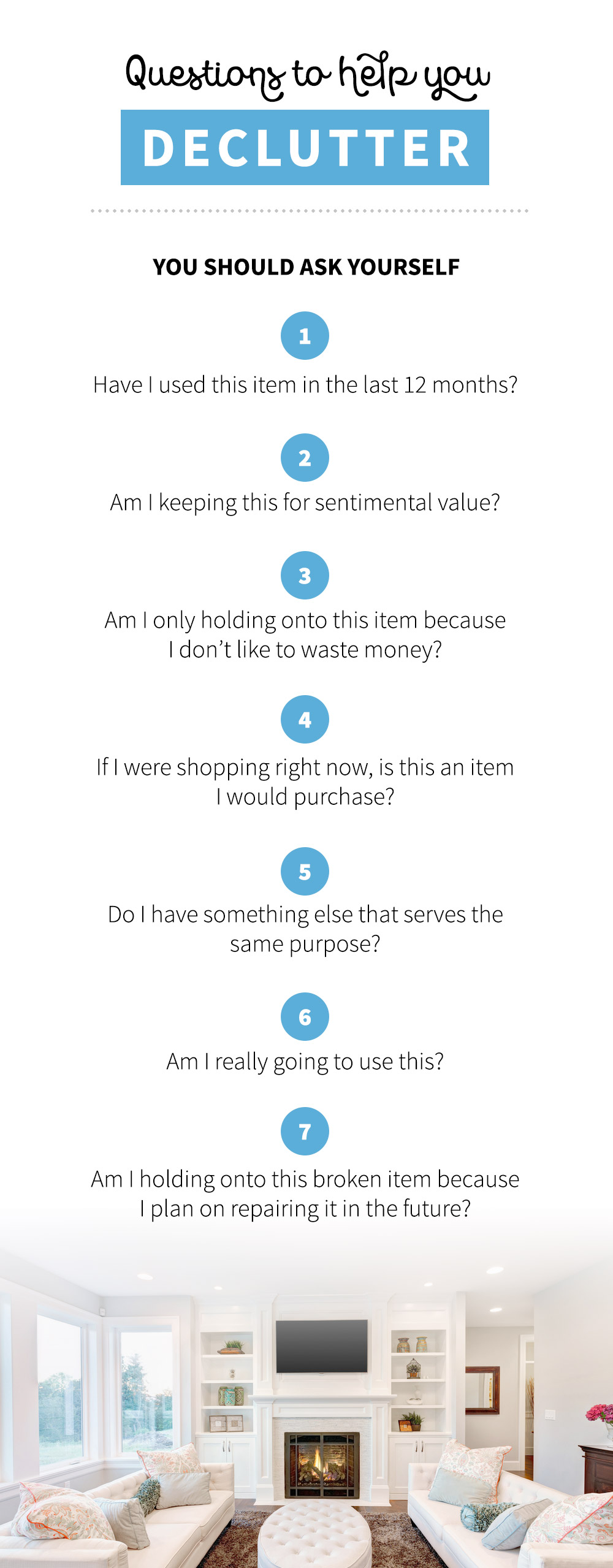
- Plan ahead. Working to a pre-agreed plan may be beneficial. Rather than head off into the job, work out before where everything will go, where it will be stored or moved. Write down the plan in stages if it works for you.
- Research ideas. Try and look at a few other ideas for the re-organisation of rooms. Pinterest is great for this, or you can find ideas for room decoration and organisation in magazines, blogs or your local library.
- One room at a time! Your decluttering project may take a day or weeks, however you’re more likely to succeed if you plan the re-organisation and clearing of space for one room at a time.
- Get the right storage. Make sure you’ve got the right packing and storage boxes in which to sort your items into categories. Don't forget to label the boxes! Supermarket boxes are great (and free) options, however you may opt for more stylish storage options for those items to be shelved or stored in the house. Decide on what boxes you would like in which to permanently store your items. There are numerous choices: from office style cardboard ones with lids, or more designer styles from places such as Target, Officeworks or specialist stores such as Howard’s Storage World.
- Separate clutter in order of accessibility. An important part of the ongoing organisation process is to sort items according to frequency of use. For example, when decluttering an office, put the folders, pens, notepads, laptops, speakers etc that are used every day in a space where they can be accessed easily. Move the items that don’t get used often — and are therefore taking up space — into storage containers and away from the main areas to free up space. If you’re storing important papers, such as bills/tax receipts etc, consider how often you may need to access them for future reference (tax returns). They can be stored in accessible, colour coded folders and once labelled can be placed on a shelf for easy visual and practical access. For different sized personal items, cliplock clear plastic containers are ideal as they keep out the air and dust. Several can be easily stacked in a corner. When packing these containers, put the heaviest items at the bottom and the light and fragile ones one top to avoid damage.
- Finding space. One of the great things about planning ahead is working out where newly stored items go. You might decide to utilise previously unused space (in the corner of an office or space in a spare bedroom for example) to move items on the floor on your living area or office.
- Move the items. Anyone who’s ever moved or decluttered a home will find — almost magically — a great number of items that are no longer required. Papers, books, toys, clothes etc, most of which you had forgotten you owned. You can store these in boxes in the shed, or a spare room however have you thought of making money from them? Consider organising a massive garage sale. This will help get rid of any number of unwanted items and make you a few dollars in the process to offset any decluttering expenses. When the garage sale is finished, pack up the leftover pieces and donate them to your local charity store.
Don't be afraid to ask for help!
All the will in the world may not be enough to get the decluttering project started. Where do you start? How do you store stuff? Don’t be afraid to get assistance from a friend or relative, preferably one who is well organised! Put on your favourite music and start planning either in one go or in several stages.
Keeping the place decluttered
The original decluttering can be as simple as moving a few items off the floor to a massive house-wide project. However the key is to keep the place looking tidy after the initial organisation. Here keeping to your original plan is important. It may take a bit of training the family and guests but stick with it! Try and get into the habit of giving everything its rightful place and follow this up on a daily basis. An example is toys (like Lego) that find their way into every nook and cranny. Keep everything organised by designating a special storage area for these items (e.g. a Lego box).
So there you go, some detailed ideas to get you started on your decluttering project but, more importantly, how to clean up your space effectively, to make the organising “last the distance”. Don’t forget to get help, particularly if it’s a big project, start on one room and reward yourself when you’ve finished.
The benefits of decluttering your house (or shed) and then keeping everything organised are immense. You’ll have more room, find things more easily and help make living areas more accessible and fun. Do you have any other ideas you’d like to add to the list? Please don’t hesitate to add your ideas in the comments below or contact us here.



